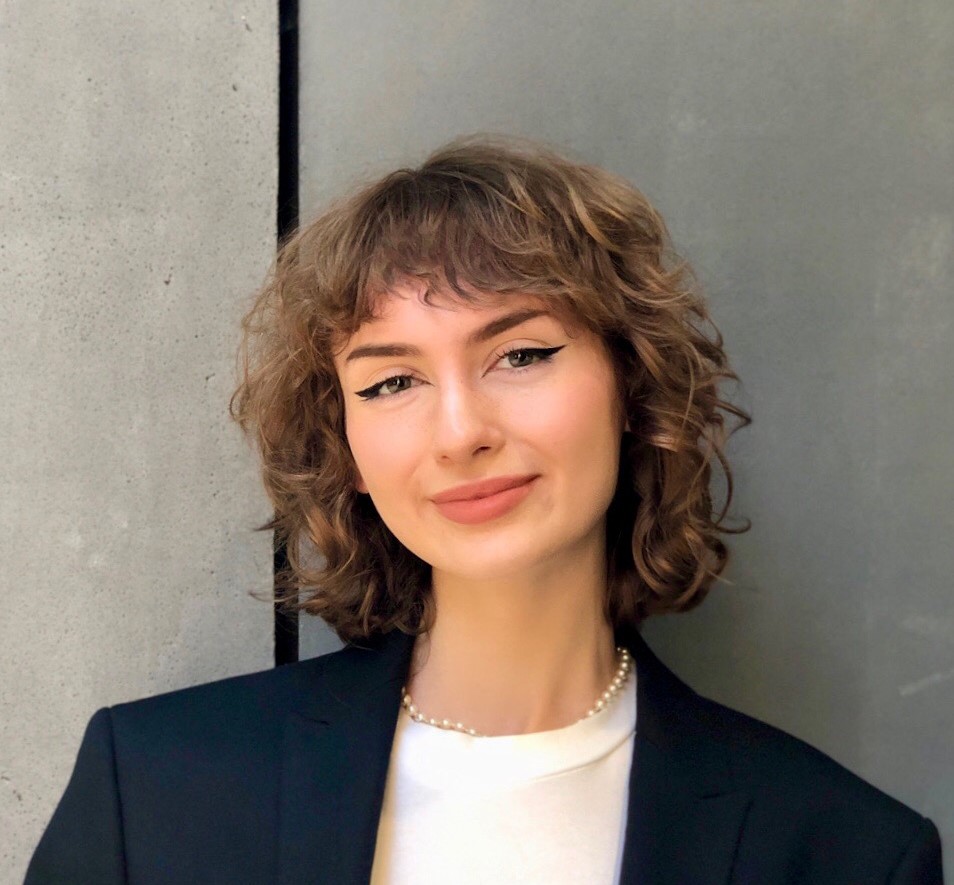The condition of the world’s coral reefs continues to deteriorate [1]. We have already explained how the ingredients of sunscreens with UV filters contribute to their extinction in the podcast with Dr Magdalena Jander, president and co-founder of the Polish startup UVera, in which an environmentally safe method of protecting human skin against ultraviolet rays has been discovered [2]. It is an alternative to creams with a chemical UV filter, containing a compound that absorbs ultraviolet rays – oxybenzone (benzophenone-3). Although it effectively protects our skin against the harmful excess of UV-B radiation, when it becomes present in sea waters, it damages the genetic material of corals and prevents their reproduction [3].
Michał Styczyński, a doctoral student at the University of Warsaw, also became interested in this problem. The result of his research is the conclusion that Antarctic bacteria inhabiting regions characterized by extremely low temperatures and strong UV radiation produce substances from the melanin group and carotenoids that absorb excess UV radiation as a by-product of their metabolic process. It is an adaptive feature of the studied bacteria that can be successfully used on a large scale due to the possibility of multiplying their appropriate strains in laboratory conditions and stimulating them to produce specific chemical compounds.
The reasons why Antarctic bacteria produce compounds that protect against harmful UV radiation
Imagine that we are bacteria living in Antarctica that struggle with intense sunlight and extremely low temperatures every day. Excess ultraviolet radiation damages our genetic material, and low temperatures freeze and disrupt our cells. To survive in such harsh conditions, we need to develop some adaptive traits. These are the carotenoid pigments produced by bacteria, which absorb harmful radiation and maintain the fluidity of the cell membrane, protecting their cells from freezing.
Production of carotenoids by Planococcus sp. ANT_H30 and Rhodococcus sp. ANT_H53B bacteria and their impact on the environment
The study conducted by Michał Styczyński and his team aimed to understand the metabolic pathways of Planococcus sp. ANT_H30 and Rhodococcus sp. ANT_H53B bacteria, which are carotenoids, and to test whether these two bacterial strains can produce UV absorbers using waste. If it proves possible, growing them in a laboratory would allow for the simultaneous processing of waste materials, thus “natural recycling” – waste could be turned into ingredients of creams with a UV filter.
Both strains tested came from bacterial cultures that were isolated from soil samples taken from King George Island in the Antarctic region. Bacterial cells were orange in colour, suggesting that they were producers of carotenoids. The bacteria were grown for 4 days on different growth media and at different temperatures.
Figure 1 Antarctic strains of bacteria grown on LB medium: a) Planococcus sp. ANT_H30 and b) Rhodococcus sp. ANT_H53B. [4]
The strains grown on the LB medium, i.e. “lysogenic broth”, containing yeast extract dissolved in redistilled water, tryptone and sodium chloride, with a minimal medium (marked as M9) with the addition of cheap industrial waste – beet molasses – marked as as MO) and yeast extract (designated as YE). The diagram shows the amount of produced carotenoids in Planococcus sp. ANT_H30 and Rhodococcus sp. ANT_H53B depending on the conditions.
Figure 2 Comparison of the amounts of carotenoids produced in Planococcus sp. ANT_H30 and Rhodococcus sp. ANT_H53B grown under different temperature conditions and on different types of media. [4]
The genomes of both strains were also sequenced, meaning that their genetic information was read in full, and further genomic analyzes made it possible to find genes responsible for the production of carotenoids. Thus, the study showed that certain strains of Antarctic bacteria are producers of carotenoids that can be used, along with compounds from the melanin group – also produced by them, to produce natural UV filters. The team from the University of Warsaw also confirmed that these bacteria can use waste as an energy source, such as beet molasses, which is a by-product of the sugar industry[4]. The use of chemical compounds produced by bacteria from Antarctica in the cosmetics industry can not only save coral reefs but also reduce the amount of industrial waste – and thus actually help protect the natural environment.
Bibliography:
- Status of Coral Reefs of the World: 2020, Global Coral Reef Monitoring Network,https://gcrmn.net/wp-content/uploads/2022/05/Chapter-2.-Status-of-Coral-Reefs-of-the-World.pdf (access on 23.10.2022)
- Innovative UV protection, Ph. D. Magdalena Jander, Coopernicus https://coopernicus.pl/pl/knowledge/nowatorska-ochrona-przed-promieniami-uv/
- Toxicopathological Effects of the Sunscreen UV Filter, Oxybenzone (Benzophenone-3), on Coral Planulae and Cultured Primary Cells and Its Environmental Contamination in Hawaii and the U.S. Virgin Islands, C. A. Downs, Esti Kramarsky-Winter, Roee Segal, John Fauth, Sean Knutson, Omri Bronstein, Frederic R. Ciner, Rina Jeger, Yona Lichtenfeld, Cheryl M. Woodley, Paul Pennington, Kelli Cadenas, Ariel Kushmaro, Yossi Loya, http://link.springer.com/article/10.1007/s00244-015-0227-7 (access on 23.10.2022)
- Genome-Based Insights into the Production of Carotenoids by Antarctic Bacteria, Planococcus sp. ANT_H30 and Rhodococcus sp. ANT_H53B, Michał Styczyński, Agata Rogowska, Ph.D. Katarzyna Gieczewska, Ph.D., D. Sc. Maciej Garstka, https://www.researchgate.net/publication/344406755_Genome-Based_Insights_into_the_Production_of_Carotenoids_by_Antarctic_Bacteria_Planococcus_sp_ANT_H30_and_Rhodococcus_sp_ANT_H53B (access on 23.10.2022)
Eryka Klimowska



